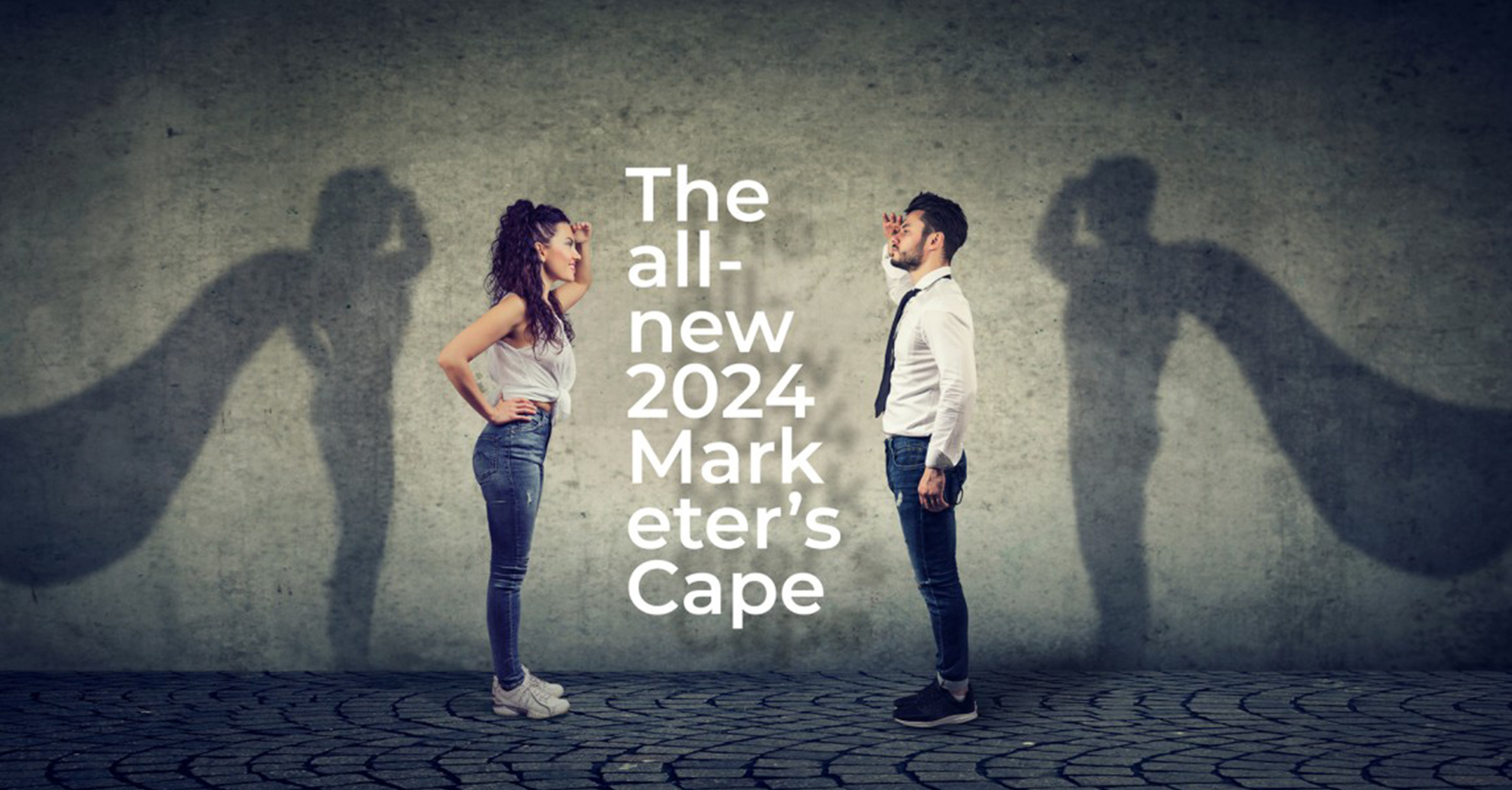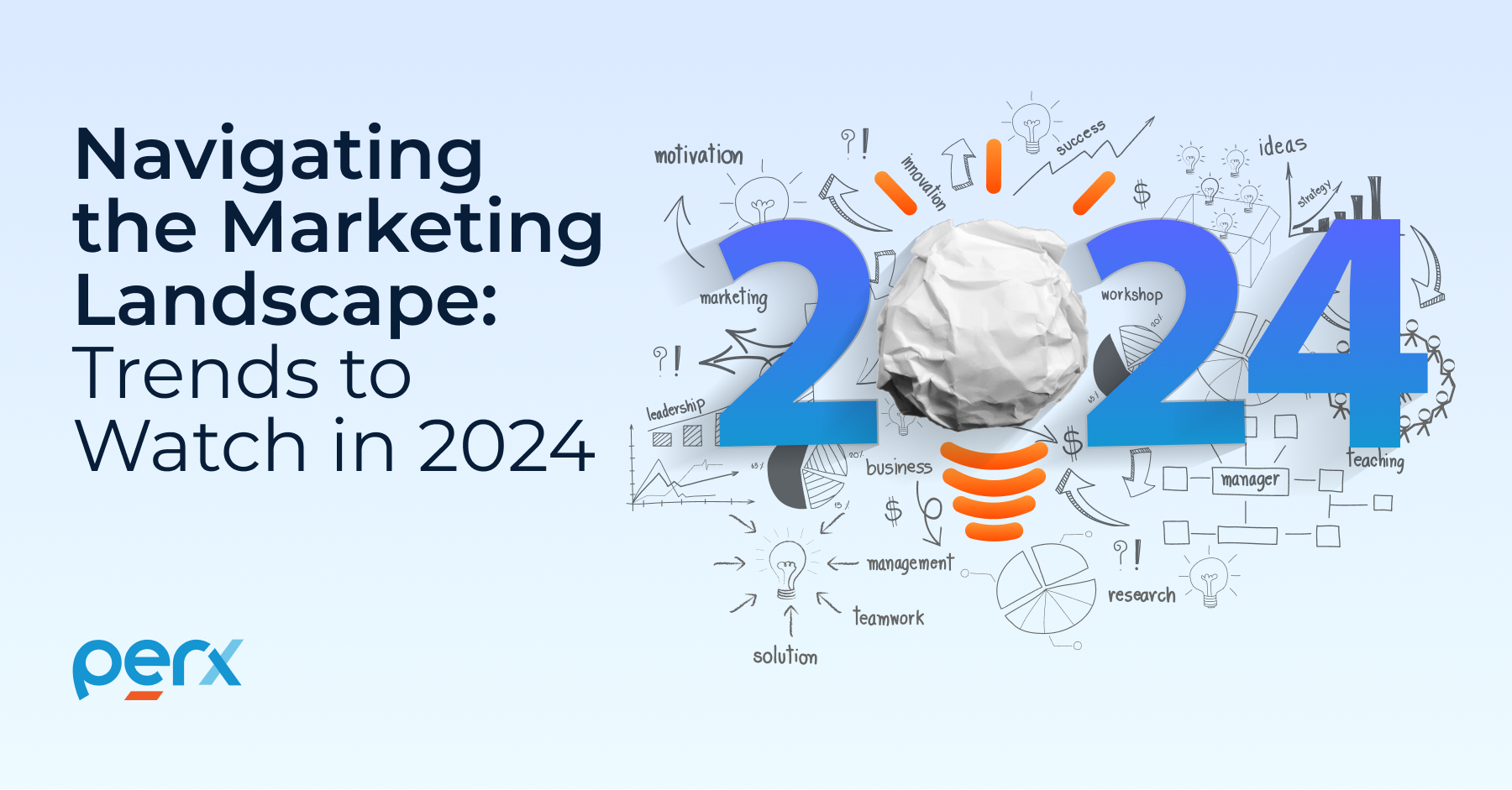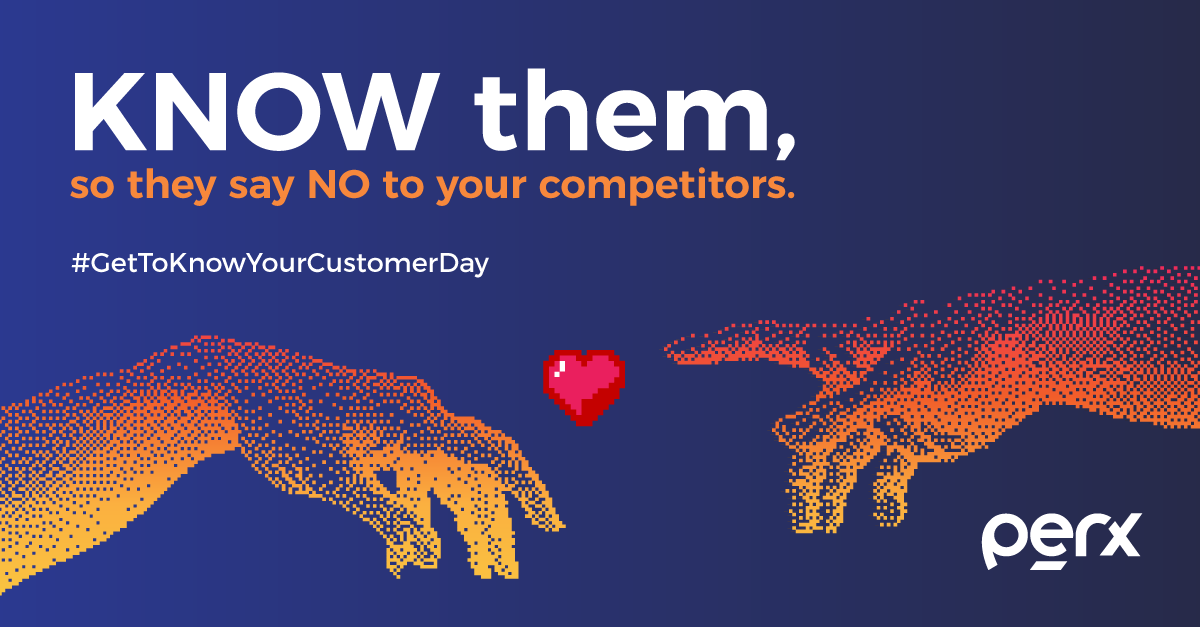The 5 Loyalty Rewards Program Engagement Tactics Your Customers and Brand Need This Holiday Season

The 5 Loyalty Rewards Program Engagement Tactics Your Customers and Brand Need This Holiday Season
Is your loyalty rewards program going to deliver on expectations this holiday season — on both sides of the relationship?
5 Ways You Can Up Your Rewards Program Game
Reevaluate Your Scoring Systems
Many rewards programs are generic. They look, feel, and work the same – like a ledger that keeps a basic record of points earned and spent and does not really do anything else.
Take Starbucks: long known for their brand stickiness and impressive customer loyalty, the big brand took a belly flop back in 2016 when they decided to ditch their intuitive and straightforward 1 purchase = 1 star, and 12 stars = 1 coffee rewards program model.
They changed to a 2 stars per dollar spent-based model and required 125 stars to redeem a free coffee. This meant the average customer who liked regular coffee had to spend $62.50 instead of $48.00 to get their free cup of coffee, and the core customer base was enraged.
The coffee conglomerate took a while to recover but eventually added tiers to their rewards program, stopped stars from ever expiring, and added gamification and personalized rewards for loyal customers.
A simple scoring system is not enough, so it is time to learn a lesson from Starbucks’ stumble and recovery and learn how to truly engage with gamification and long-term relationship-building strategies.
Make Things Personal By Leveraging Customer Data
Customer loyalty and customer retention are inextricably linked, and big data and analytics are driving both — the importance of personalization in a good rewards program and tracking loyalty marketing metrics.
Customers that are actively engaged with brands and their loyalty programs make 90% more frequent purchases, spend 60% more in each transaction, and are five times more likely to choose the brand in the future.
You can use big data and analytics to ensure the rewards and opportunities offered to match a customer’s spending habits – whether they customarily spend on travel expenses, entertainment tickets, fine dining, or expensive electronics.
Perx’s rules engine makes all this possible by identifying the best incentive to drive consumer action, weaving the offer and experience into a seamless mobile-first journey, and surpassing customer expectations with experiences and rewards that fit their lifestyle.
Ensure Every Reward Is Exciting Enough to Be Memorable
38% of consumers are not interested in joining loyalty programs due to their lack of perceived value. People value their time, and they will opt out unless you make it worth their while to participate in your loyalty program. So, you must figure out how to keep them consistently looking for the next chance to participate and receive a reward.
Use gamification to keep them moving and plan “free” bonuses at intervals to prevent stagnation along the customer journey. Make every reward high-value enough to make it worth the customer’s time to engage with each touchpoint and remind them frequently about the bigger prize at the end of each segment of the journey while teasing the next round of experiences.
Double Down on Instant Gratification
Instant gratification resonates with consumers, particularly the millennial and Gen Z audience, and 45% of consumers say they will switch brands if a company does not actively anticipate their needs. These customers crave immediacy and have become fast adopters of click and collect, needing that hit happiness that comes from getting a reward.
Start your customer journey with actions and rewards that offer immediate gratification. Then, slowly build to longer experiences with bigger rewards at the end to increase trust and belief in your program’s value. Provide nudges and assistance in reaching goals to prove your loyalty to your customers is as strong as you want their brand loyalty to be.
Beat Out Your Competition By Going the Extra Mile
What is your competition doing? It is time to investigate. If they are offering a discount on a loan or an increased interest rate to members of their loyalty program, find a way to sweeten the deal with an extra, personalized reward on top of the main offering to differentiate yourself.
Brand Loyalty Programs Designed For Maximum Engagement
Capital One’s “Purchase Erasure” recognizes it can be easy to forget to use bank card-associated air mile points during an impulsive travel planning session. As a result, customers can submit air mile point-eligible travel purchases up to 90 days after the fact for reimbursement. This makes customers feel like their bank is sincere about benefiting from their earned points.
One of Asia’s top three banks needed a creative and efficient solution to increase overseas spending of their high-end credit card customers. Perx identified a segment of existing overseas customers who were credit card users with a higher propensity to spend and leveraged real-time analytics and valuable customer insights into immediate, impactful business decisions and outcomes. As a result, the bank reached out to 21,000 of their existing customer base and 91% of targeted customers engaged with the campaign. Over 500,000 Instant Rewards were delivered in real-time, including 10M KrisFlyer miles, and the campaign achieved $24M in incremental spend for the bank.
Bonus Tip: Make it EASY
Perx rewards program for another bank used stamps culminating in a free high-value prize, with a QR code scannable at any participating outlet to redeem the reward and even a scheduling option for picking up the reward, propelling the customer through that last-mile to achieve their reward.
Conclusion:
The Perx Loyalty and Engagement Platform is ideal for brands looking to build real and meaningful relationships with their existing and prospective customers and create customer experiences that engage and excite them. Brands can use a digital loyalty marketing platform to drive meaningful behaviors that result in personalized rewards.
Recommended for you

Blogs, Sustainability, Marketing Strategy

Engagement, Customer Loyalty, Strategy Insights

Engagement, Customer Loyalty, Strategy Insights

Customer Engagement, Gamification, Customer Acquisition

Customer Engagement, Gamification, Gamified Badges
Global businesses have driven over 5 billion customer-brand interactions on Perx.
Ready to join them?


























 Remember Sears? The once major american retail brand, which quite literally changed the way people shopped, Sears today is cash-starved and struggling to keep it’s less-than-1000 stores worldwide operational. Industry experts say that the biggest reason the incumbent stumbled to this low is that it failed to renovate its revenue model in the light of the advent of online shopping.
Remember Sears? The once major american retail brand, which quite literally changed the way people shopped, Sears today is cash-starved and struggling to keep it’s less-than-1000 stores worldwide operational. Industry experts say that the biggest reason the incumbent stumbled to this low is that it failed to renovate its revenue model in the light of the advent of online shopping.



